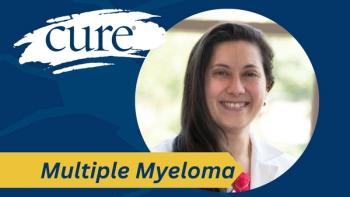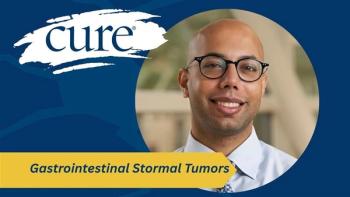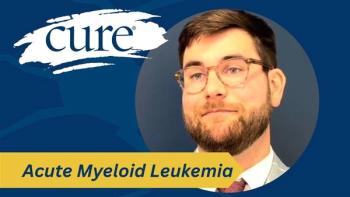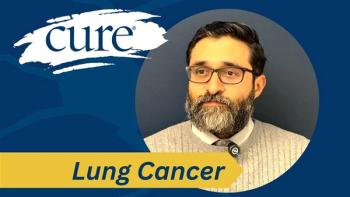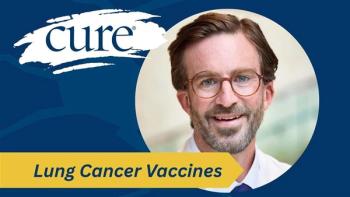
Sam Donaldson Discusses His Melanoma Diagnosis
In 1995, Sam Donaldson, ABC news veteran, found a lump that ultimately led to a diagnosis of melanoma.
In 1995, Sam Donaldson, ABC news veteran, found a lump that ultimately led to a diagnosis of melanoma. Donaldson consulted with a surgeon at the National Cancer Institute, who told him that with treatment, he would "live a long and healthy life."
While Donaldson was less optimistic about his survival, his oncologist assured him he would be fine and continued to update him on his prognosis. He joined a clinical trial where he underwent surgery, which showed only one lymph node to have cancer.
"One lesson I would like to pass on to people is that we want optimistic doctors," he says. "We want honest doctors ... but if you can be optimistic and give a patient who may think they have a death sentence some hope that's realistic, it does a wonderful bit of good."

